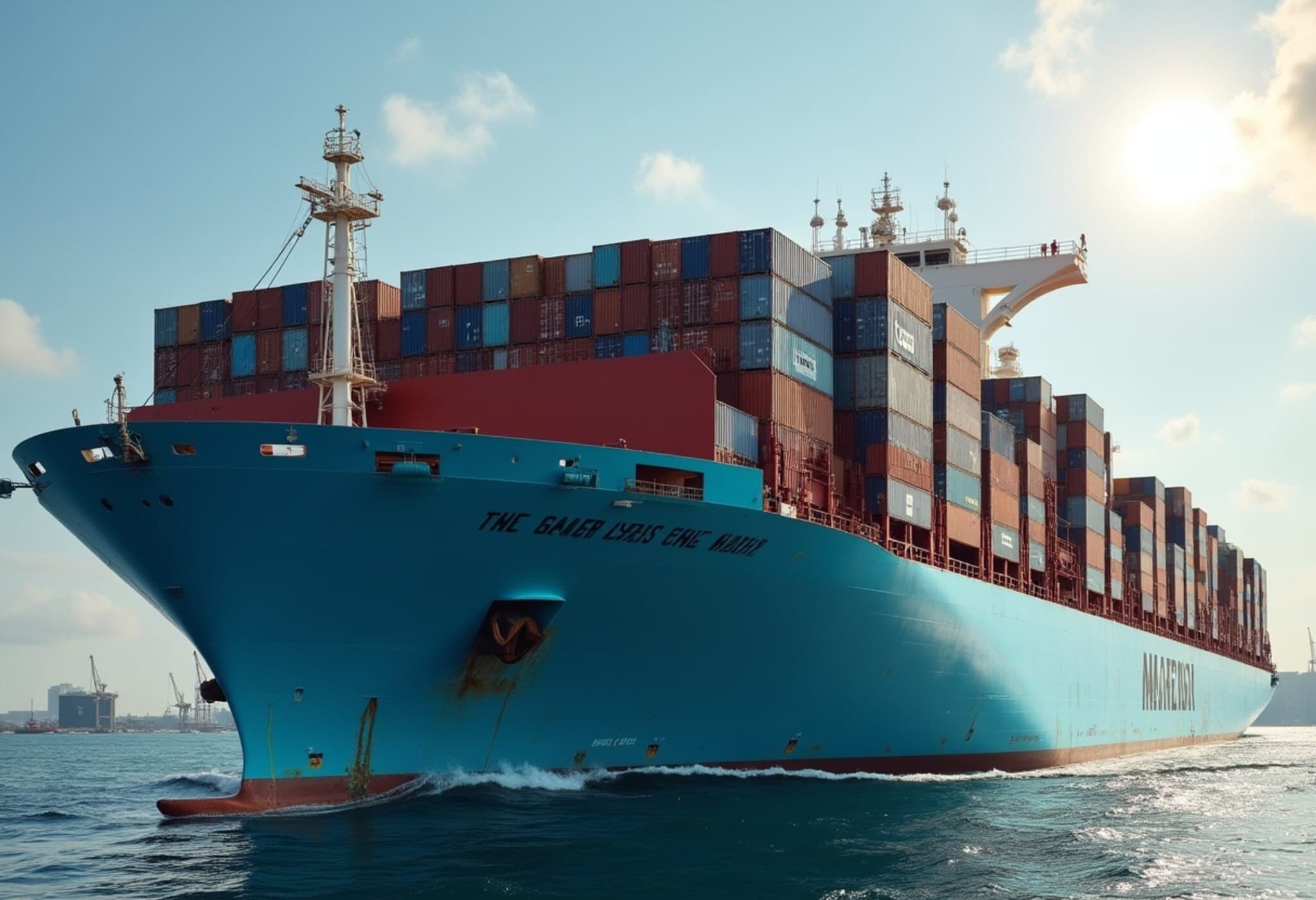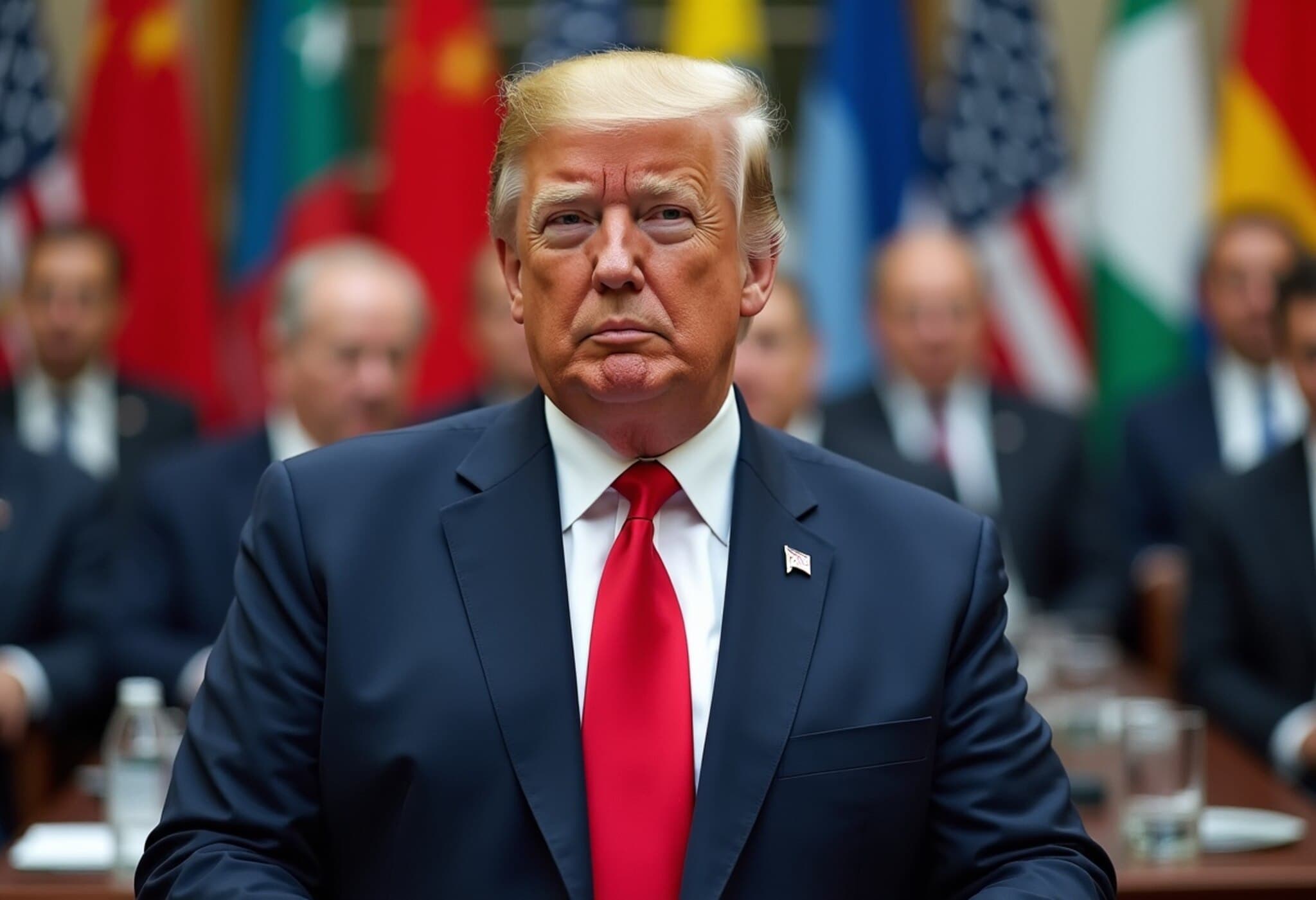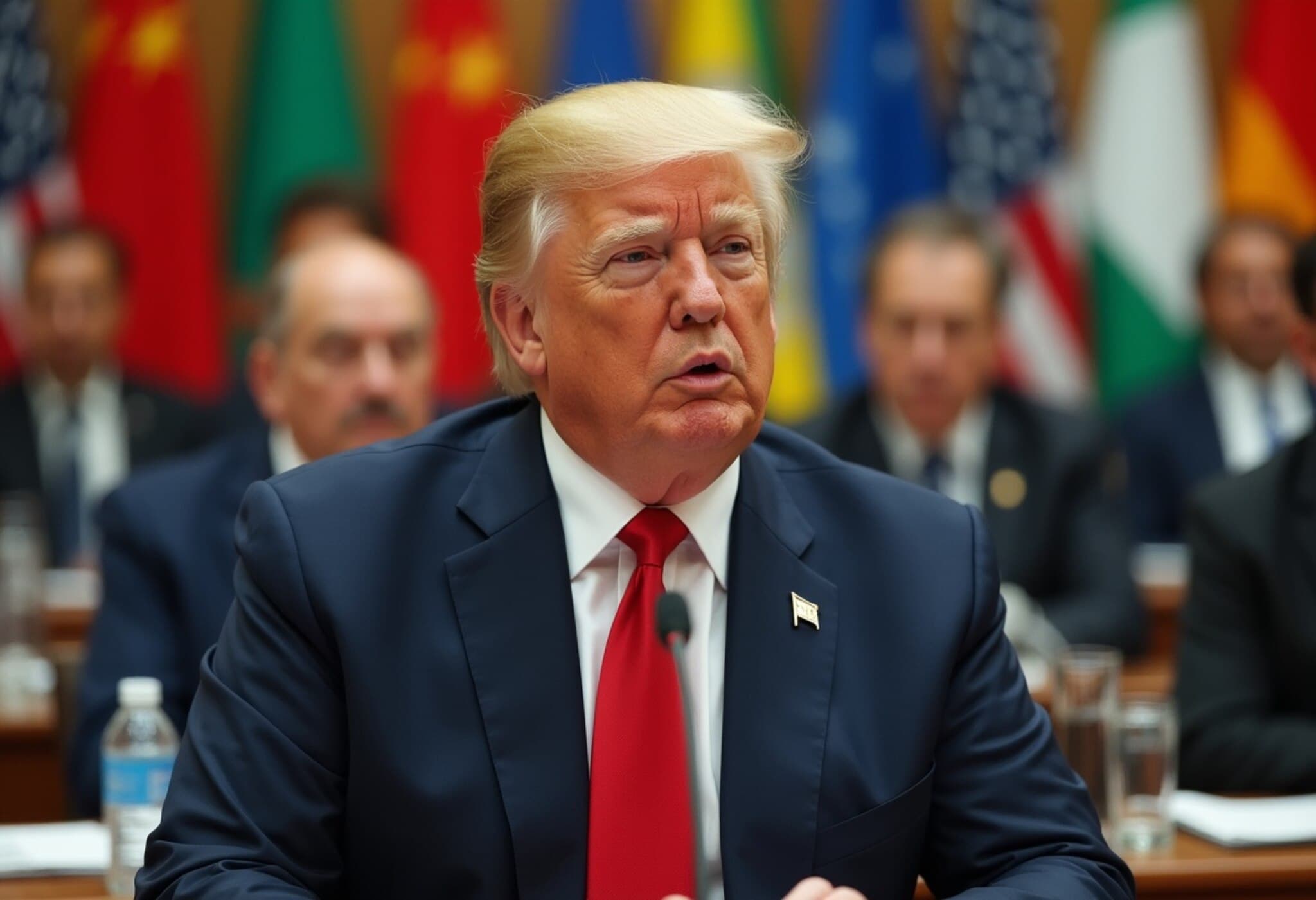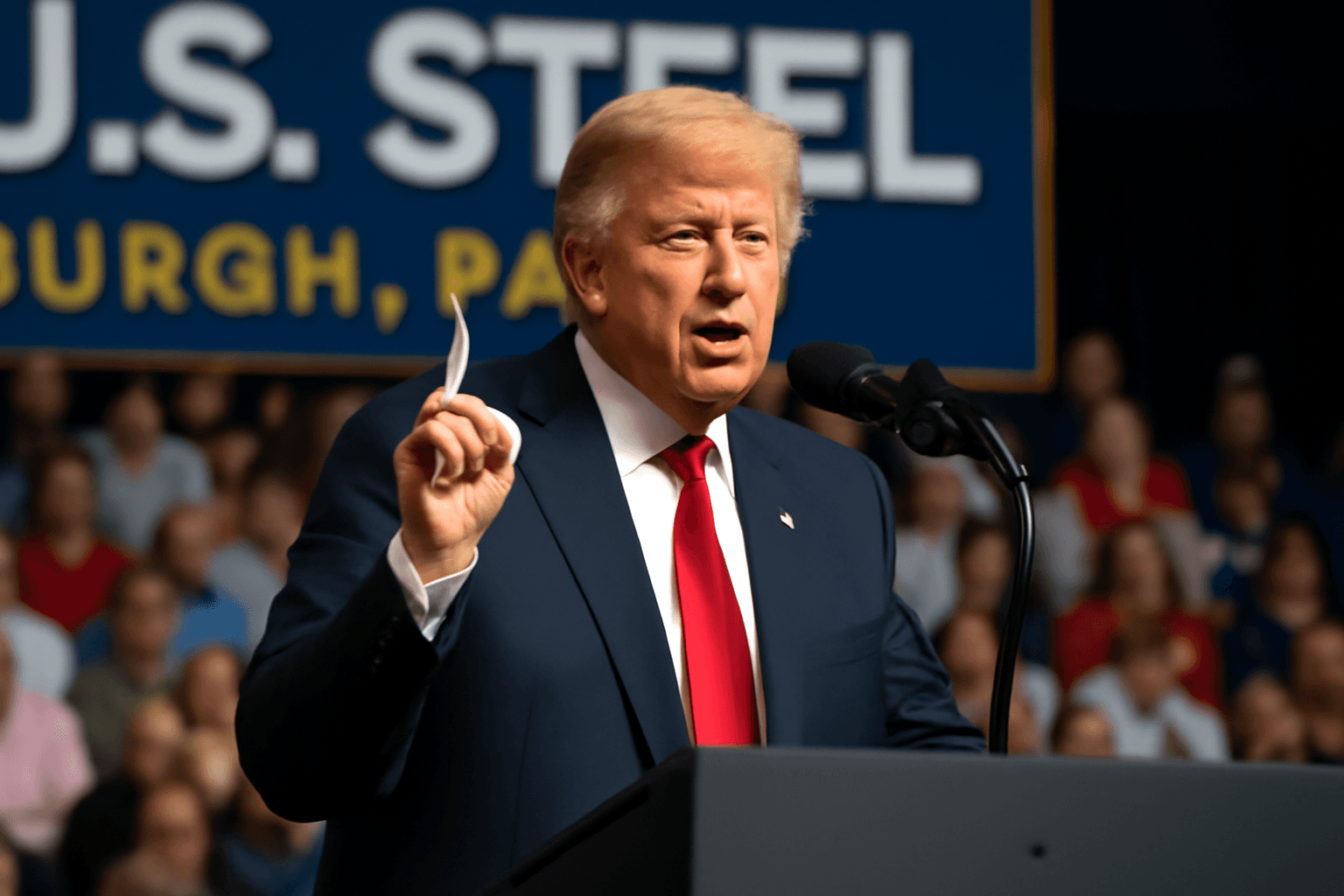Maersk Reports Strong Q2 Profit Amid Global Trade Volatility
Danish shipping powerhouse Maersk has defied widespread trade uncertainties to post better-than-expected second-quarter earnings. The company, a crucial indicator of global commerce health, announced preliminary underlying EBITDA of $2.3 billion for Q2 2025 — a 7% increase from $2.14 billion the year prior and comfortably ahead of analyst expectations pegged at $1.97 billion.
Upgraded Full-Year Forecast Reflects Resilient Global Demand
Buoyed by solid operational execution despite ongoing geopolitical headwinds, Maersk raised its fiscal year EBITDA projection to a range between $8 billion and $9.5 billion, up from a prior forecast of $6 billion to $9 billion. This outlook coincides with the company’s bullish reassessment of global container volume growth, now expected at 2% to 4%, a notable improvement from a prior range that included potential contraction (-1% to 4%).
CEO Vincent Clerc Identifies U.S. as Unique Pressure Point
Speaking exclusively to CNBC, Maersk CEO Vincent Clerc emphasized that strong demand continues worldwide, except in the United States, where recent trade policy shifts have dampened growth. "Outside of the U.S., we’re witnessing a manufacturing renaissance in China and robust export expansion globally, which is driving this earnings upgrade," Clerc noted. "However, in the U.S., the switching tariffs — the 'tariff on, tariff off' phenomenon — have introduced uncertainty affecting trade volumes."
Geopolitical and Tariff Complexity Challenges the Shipping Landscape
The timing of Maersk’s results coincides with a transformative period for international commerce. New U.S. tariffs, implemented on August 1, range from 10% to 50% on imports from dozens of countries, aiming to rebalance trade in America’s favor. This aggressive tariff regime has caused supply chain recalibrations worldwide.
- Tariff reductions for key allies: The UK, Japan, South Korea, and the EU have negotiated lower tariff rates, with the EU capping tariffs at 15% for most goods, helping ease trade tensions.
- Higher levies on other countries: Brazil faces 50%, Switzerland 39%, Canada 35%, and India 25% tariff rates, intensifying trade complexities.
Maersk also warned that the ongoing disruption in the Red Sea shipping corridor, expected to persist through 2025, continues to impact logistics costs and routing decisions, another factor underscoring the evolving challenges in global shipping.
U.S. Market: A Cautionary Tale Amid Shifting Trade Policies
Clerc’s remarks highlight an underreported dimension of the global trade narrative — the distinct impact of U.S. trade policy volatility on global shipping demand. While many focus on tariffs’ macroeconomic effects, the nuanced consequences for supply chains, port activity, and freight flows in the U.S. paint a complex picture. America’s tug-of-war tariff environment may temporarily slow imports and exports, which could ripple through manufacturing inputs and retail availability domestically.
Looking Ahead: What Maersk’s Outlook Means for Global Trade
Maersk’s improved guidance signals that despite geopolitical disruptions and new tariff challenges, international trade and supply chains continue to adapt and thrive—primarily fueled by manufacturing acceleration in Asia and sustained global demand.
Industry analysts see Maersk’s results as an early bellwether for the shipping sector’s resilience. Given that container shipping is often a direct proxy for trade health, these positive signs may indicate underlying economic strength, especially outside North America.
Expert Insight:
From a U.S. economic and policy perspective, it’s crucial to monitor how prolonged tariff uncertainties might affect consumer prices and manufacturing competitiveness. Should tariffs remain in flux, companies reliant on international supply chains could face higher costs or delays, potentially stalling U.S. economic growth relative to other markets.
Editor’s Note
Maersk’s recent earnings spotlight the contrasting fortunes within the global shipping landscape: vigorous international demand buoyed by China's manufacturing surge versus a cautious U.S. market shaped by tariff oscillations. This dichotomy raises critical questions about how sustained trade policy unpredictability might influence America’s economic positioning and global supply chain dynamics in the years to come. Readers should watch for how shipping giants navigate these shifting tides and what that portends for international commerce resilience and adaptation.



















